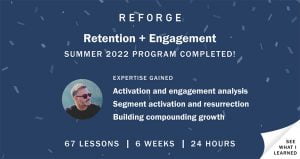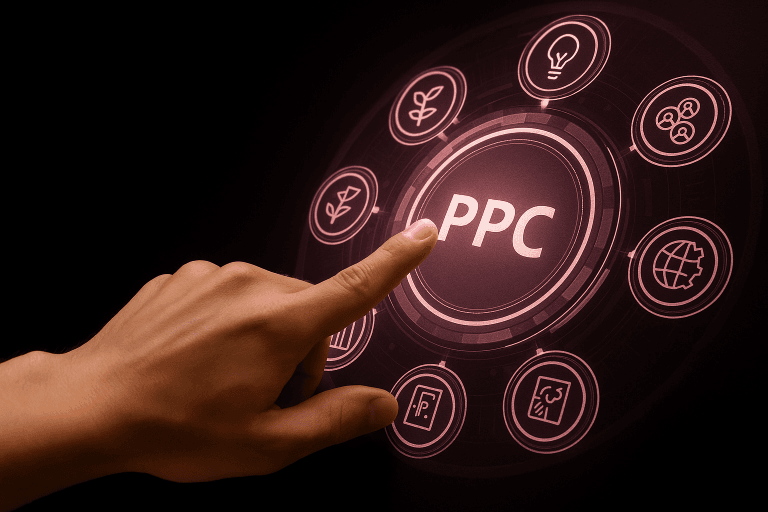One approach that must be in any growth marketer’s toolbox is a funnel analysis. A funnel analysis will help identify conversion drop-offs and frictions across your touchpoints in your user journey.
In this article, I will discuss what a funnel analysis is, how it works, and how you can use it to optimise your marketing efforts. Let’s go!
What is a Funnel Analysis?
A funnel analysis is a marketing technique that helps you understand the steps customers take before converting.
It is called a funnel analysis because it represents the customer journey as a funnel-shaped diagram, where each stage of the funnel represents a step in the journey. The funnel analysis typically includes several stages, such as awareness, interest, consideration, and conversion.
By analysing each stage of the funnel, you can identify areas where you may be losing potential customers and make changes to improve your conversion rate.
How Does a Funnel Analysis Work?
To perform a funnel analysis, you need to collect data at each stage of the funnel. This can include website traffic data, social media engagement metrics, and email campaign performance metrics.
You can then use this data to create a visual representation of the funnel, with the number of customers at each stage represented by the width of the funnel at that point.
Once you have visualised the funnel, you can begin analysing the data to identify potential areas of improvement. For example, if you notice that a large percentage of customers are dropping off at the consideration stage, you may need to improve your product descriptions or provide more information to help customers make a purchase decision.
How to Conduct a Funnel Analysis
To conduct a funnel analysis, you will need to follow these steps:
Define Your Goals
Before you begin collecting data, you need to define your goals. What do you want to achieve with your marketing campaign? Are you trying to increase sales, generate leads, or build brand awareness? Defining your goals will help you focus your analysis and make it easier to identify areas for improvement.
Collect Data
Once you have defined your goals, you need to collect data for each stage of the funnel. This can include website traffic data, social media engagement metrics, email campaign performance metrics, and more. Make sure you collect data for each stage of the funnel so you can identify where customers are dropping off.
Visualise the Funnel
Once you have collected your data, you need to visualise the funnel. You can use a tool like Google Analytics to create a funnel visualisation, or you can create your own diagram using a spreadsheet or other software. The important thing is to create a visual representation of the funnel that is easy to understand.
Analyse the Data
With your funnel visualisation in hand, you can begin analysing the data to identify potential areas of improvement. Look for stages of the funnel where a large percentage of customers are dropping off, and try to identify the reasons why. Are customers getting lost on your website? Are your product descriptions unclear? Once you have identified the problem, you can begin working on a solution.
Test and Iterate
After you have identified areas for improvement, it’s time to test and iterate. Make changes to your marketing campaign, and track the results. If the changes you make lead to an improvement in your conversion rate, great! If not, go back to the drawing board and try again
Conclusion
A funnel analysis is a powerful tool that can help you optimise your marketing efforts and improve your conversion rate.
By collecting data at each stage of the funnel, visualising the funnel, and analysing the data, you can identify potential areas for improvement and make changes to your marketing campaign.
With the right approach, a funnel analysis can help you achieve your marketing goals and drive business growth.














